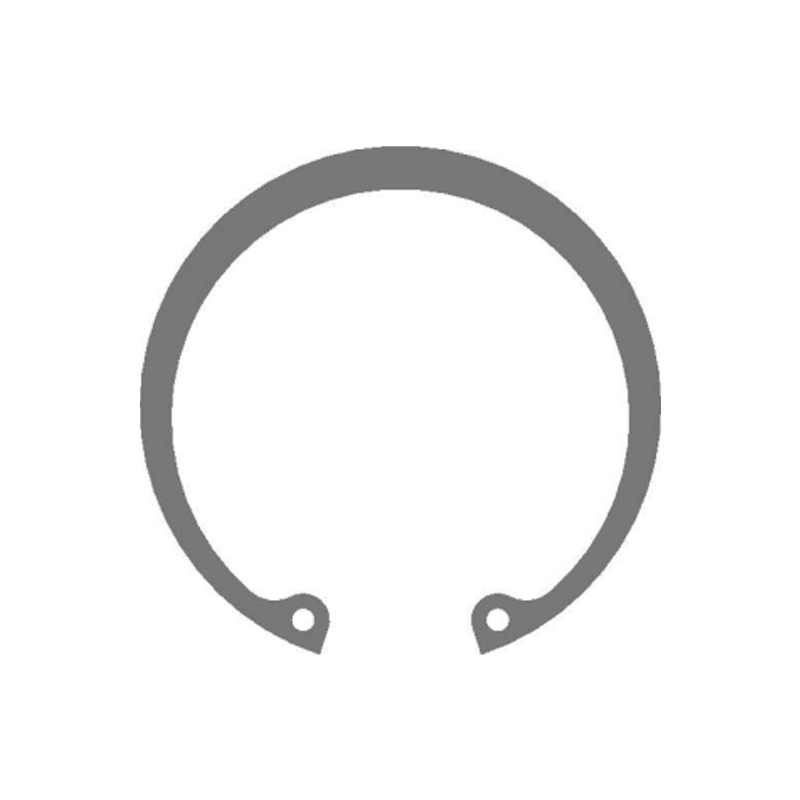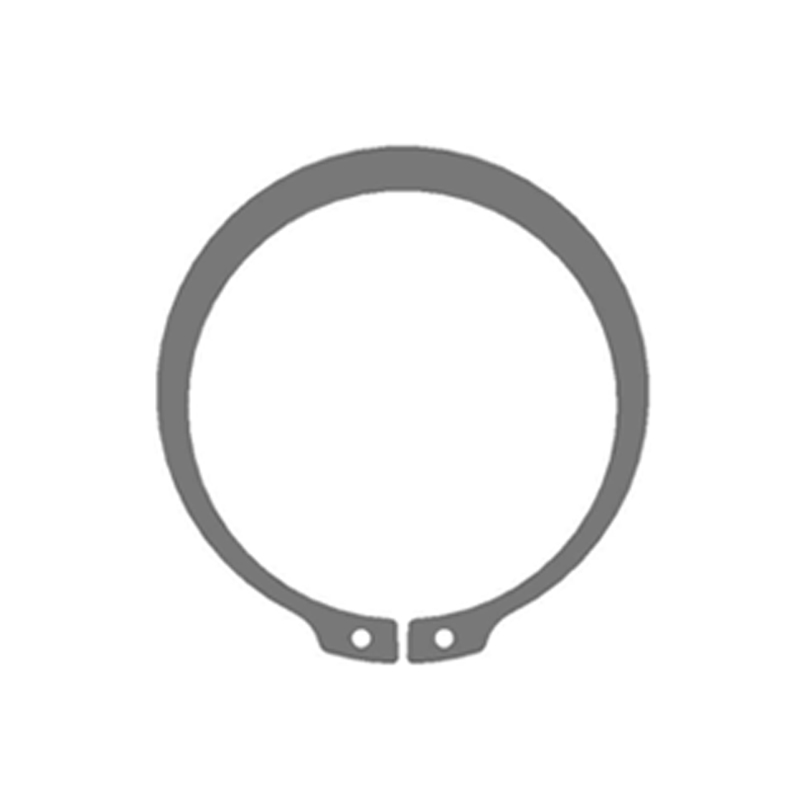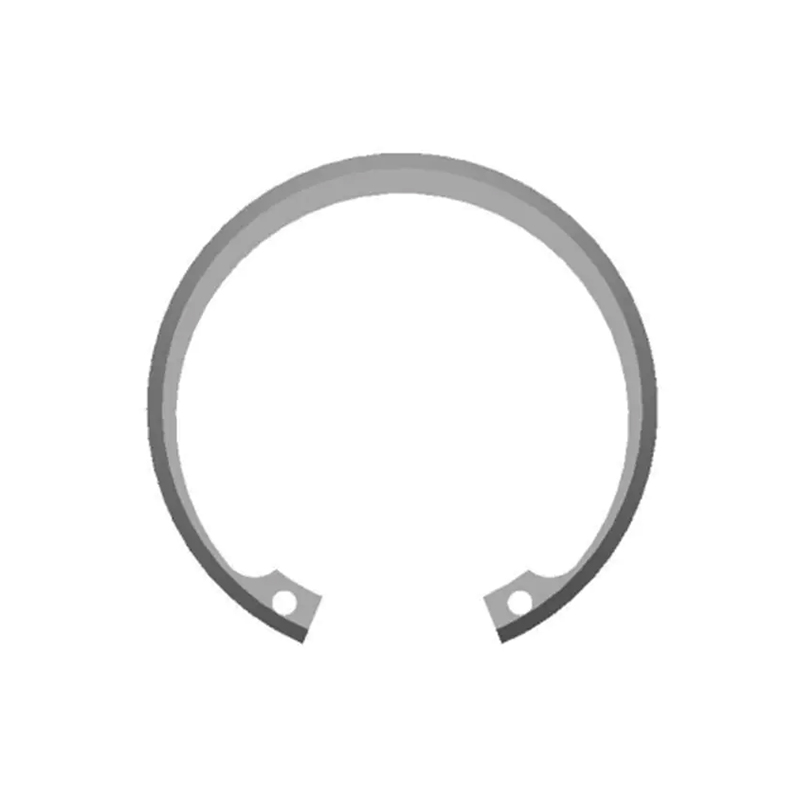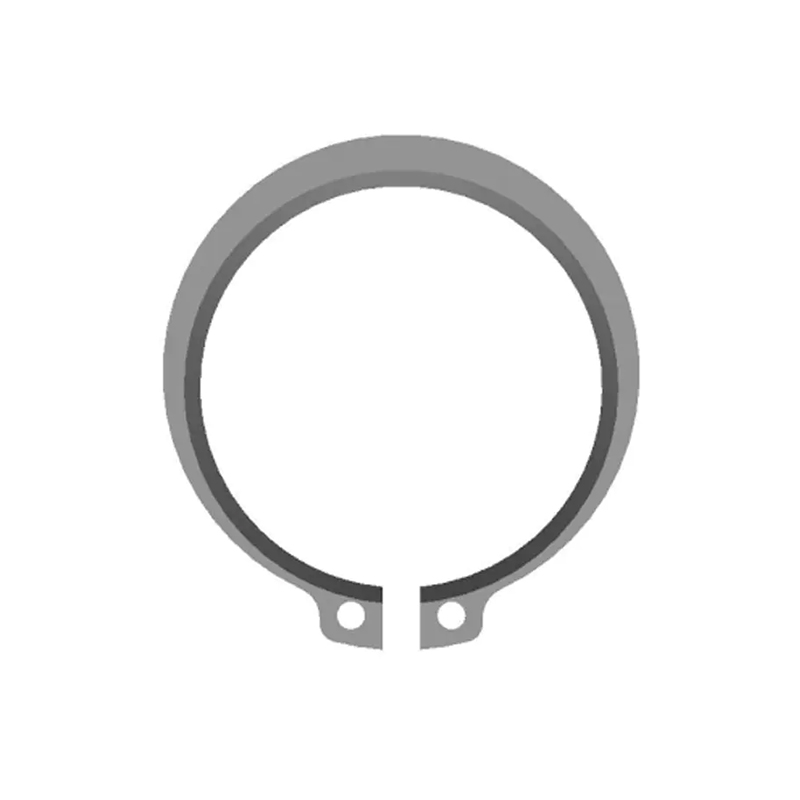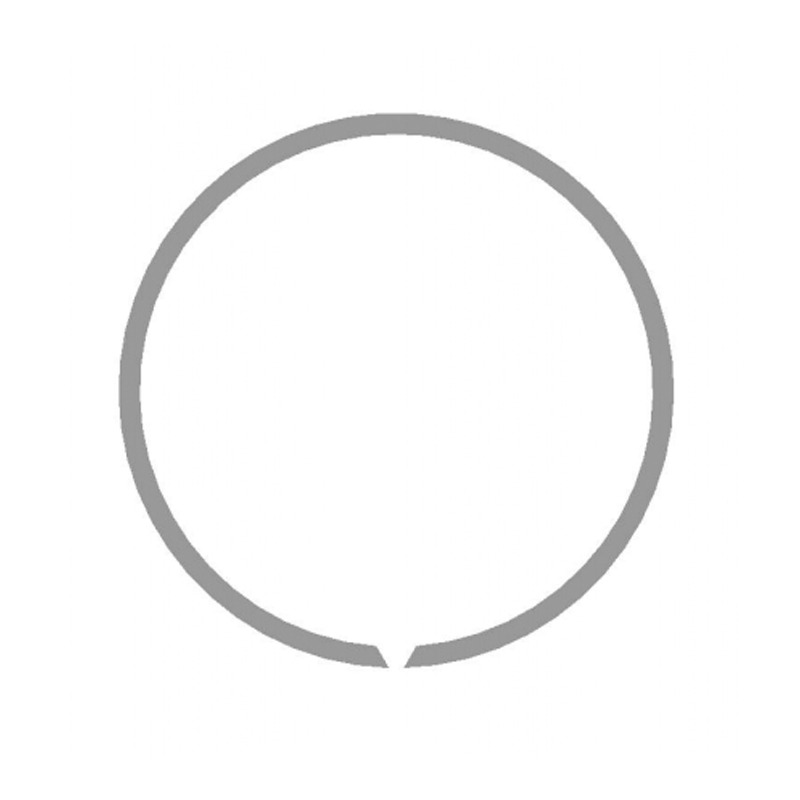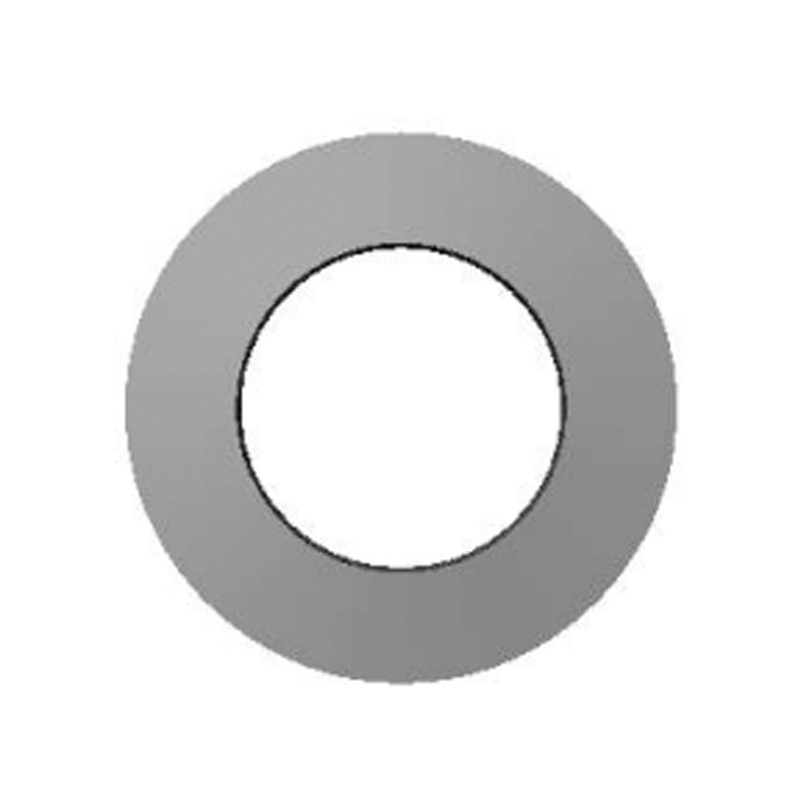Internal Reverse Circlips-M1308 JV are designed to handle dynamic loads and vibrations effectively in various mechanical assemblies. Their performance in such conditions is influenced by several design characteristics, materials, and installation techniques. Here's how they manage dynamic loads and vibrations:
1. Secure Retention in a Groove
Internal Reverse Circlips-M1308 JV are typically installed in a groove inside a bore, securing components like shafts or bearings. The internal fit provides greater resistance to axial movement, which is essential for handling dynamic loads and vibrations. When dynamic loads are applied, the circlip’s pressure against the groove walls prevents displacement, ensuring that components stay in place.
2. Spring Action and Flexibility
The spring-like action of the Internal Reverse Circlip allows it to absorb some of the impact forces caused by dynamic loads and vibrations. This flexibility helps maintain the stability of the assembly by adjusting to varying forces without compromising the fit or retention function. As the dynamic load or vibration increases, the circlip expands and compresses slightly within the groove, providing a cushioning effect.
3. Material Choice for Vibration Resistance
The materials used to manufacture Internal Reverse Circlips-M1308 JV, such as spring steel or stainless steel, are chosen for their ability to withstand fatigue and stress caused by vibration. Spring steel, in particular, has high elasticity and strength, which allows the circlip to handle repeated mechanical stress without failure. Stainless steel versions offer additional corrosion resistance, ensuring that the circlip performs well even in challenging environments where vibrations may lead to premature wear.
4. Groove Design Compatibility
The design of the groove where the circlip sits plays a crucial role in its ability to withstand vibrations. A properly designed groove ensures that the circlip fits snugly, creating consistent tension and preventing it from slipping or being dislodged under fluctuating forces. This tight fit helps the circlip resist the movement caused by vibrations, maintaining its functionality over time.

5. Vibration Damping Effect
The internal nature of the reverse circlip—seated within the bore—provides a natural form of vibration damping. This is because the circlip is positioned to absorb and mitigate the effects of vibrations in the surrounding structure, reducing the amount of energy transferred to the components it is securing. This can be especially important in machinery where high-frequency vibrations might otherwise cause loose components or damage.
6. Resistance to Fatigue
The design of the Internal Reverse Circlip-M1308 JV is specifically intended to resist fatigue failure due to cyclic loads. With proper installation and material choice, the circlip can handle a wide range of dynamic forces without experiencing permanent deformation or breakage. The material’s ability to withstand repeated stress and the circlip’s inherent spring properties contribute to its longevity even under dynamic load conditions.
7. Installation Considerations
For optimal performance in dynamic and vibrational conditions, proper installation is critical. A well-installed circlip ensures a uniform load distribution across the entire surface of the groove, which helps prevent any localized stress concentrations that could lead to premature failure. When installed correctly, the circlip’s ability to resist dynamic loads and vibrations is maximized.
8. Retention under Variable Conditions
In environments where the load and vibration frequencies vary, the Internal Reverse Circlip-M1308 JV continues to provide reliable retention. Its flexible nature allows it to accommodate different loads, from low-impact forces to higher-intensity dynamic loads. This versatility ensures that the circlip remains effective even when the frequency or intensity of vibrations changes over time.




